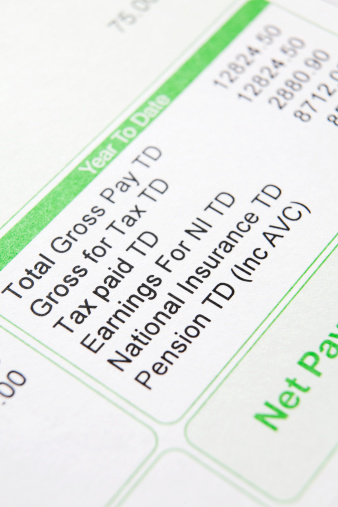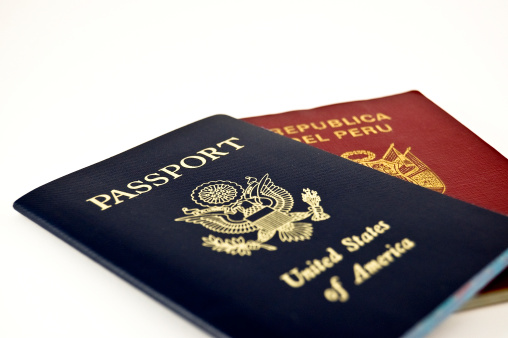The Offshore Tax Inversion
What the heck is an offshore tax inversion and why should I care? The inversion has been all over the news and was even called “un-American” by our President today (July 25, 2014). Here is everything the small to medium sized business owner needs to know about the tax inversion.
Where a large corporation is headquartered is called its tax home. Its tax home is usually where its “brain trust” is located… where its President, CEO, CFO, and primary decision makers reside, often the tax home of a world-wide conglomerate.
Where a corporation tax home is located determines which laws guide the business. So, if your tax home is in the United States, then the U.S. laws control. If you move your headquarters to a country that is business friendly and has less onerous lax laws, then that nation’s laws govern.
An offshore tax inversion occurs when a large corporation headquartered in the U.S. acquires another large corporation located in a tax friendly jurisdiction, such as Ireland. Then, they move the decision makers to Ireland, turning it in to their headquarters and thus their tax home.
Once the offshore tax inversion is complete, U.S. tax laws only apply to any officers or production facilities located here. Most tax inversions are done to save many hundreds of millions in taxes on worldwide income and to get away from the complex sections of the U.S. tax code, such as the Controlled Foreign Corporation and Passive Foreign Investment Company rules.
A tax inversion can be compared to an individual changing his citizenship and moving out of the U.S. All U.S. citizens are taxed on their worldwide income. If you dump your U.S. passport and move to a country with more favorable tax laws, you probably won’t pay tax on your worldwide income… just on your local income.
In much the same manner, a corporation changes its domicile and tax home through an offshore tax inversion. Once its headquarters are moved, it only pays U.S. tax on its remaining U.S. operations.
While the offshore tax inversion is used by large corporations to get out of the U.S. tax system, there are other provisions of the U.S. code that allow smaller businesses to do the same.
Those of us with a smaller operation can take our business and ourselves offshore, qualify for the Foreign Earned Income Exclusion, and earn up to $99,200 per year free of Federal Income Tax using an offshore corporation. If we leave some employees in the U.S., we will pay some tax to the U.S. If we get rid of all U.S. ties, we can eliminate U.S. tax all together… even if our sales are to U.S. persons.
- Tax is based on where you and your business are located, not by where your customers are.
If you are thinking about moving your business offshore, please start by browsing my articles on the Foreign Earned Income Exclusion. Basically, you need to move abroad and become a resident of another country or be out of the U.S. for 330 of 365 days to qualify.
Next, you can form an offshore corporation and draw a salary up to the FEIE amount. If a husband and wife are working in the business, and both qualify, each can take a salary and you’ll (basically) get to earn $200,000 free of U.S. tax. If your business profits exceed this amount, you may retain earnings in your offshore corporation and defer U.S. tax for as long as you like.
You’ll find a number of articles on this site describing how to take your business offshore. If you have any questions, please send an email to me at info@premieroffshore.com.










